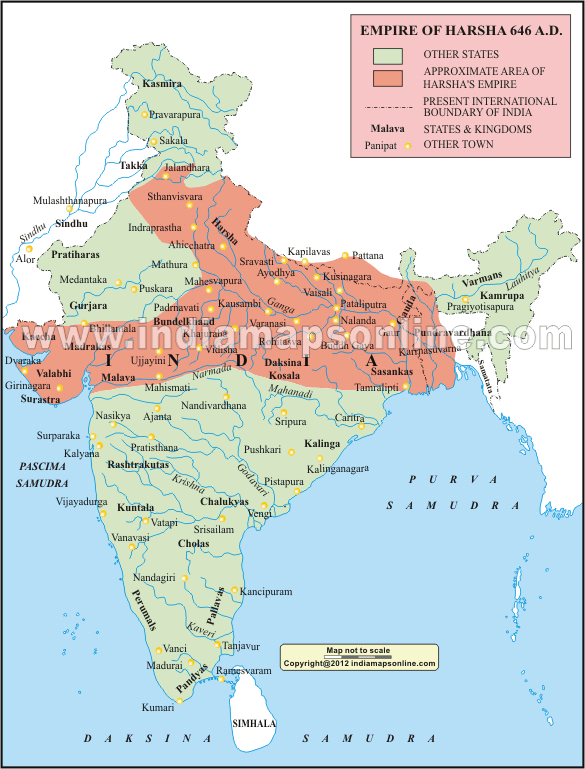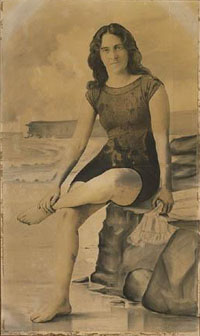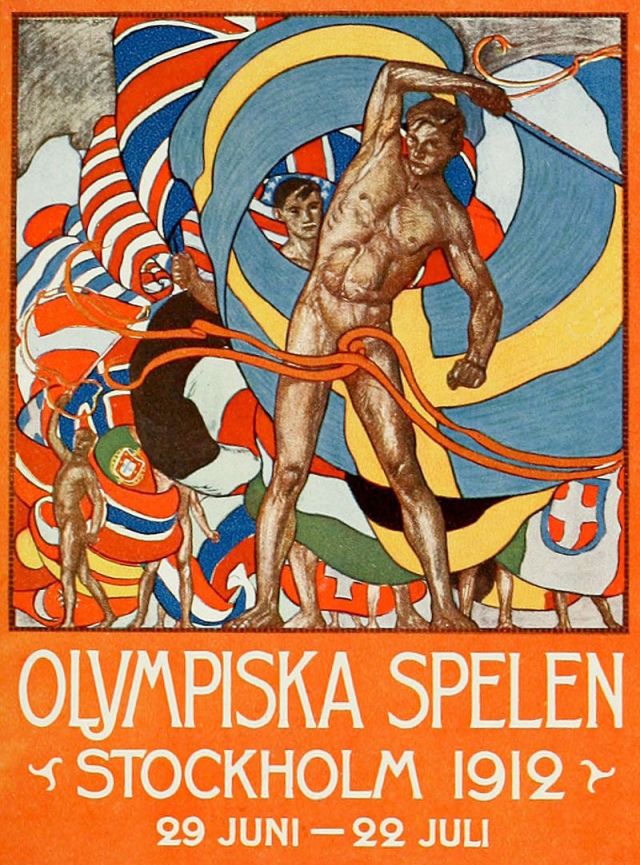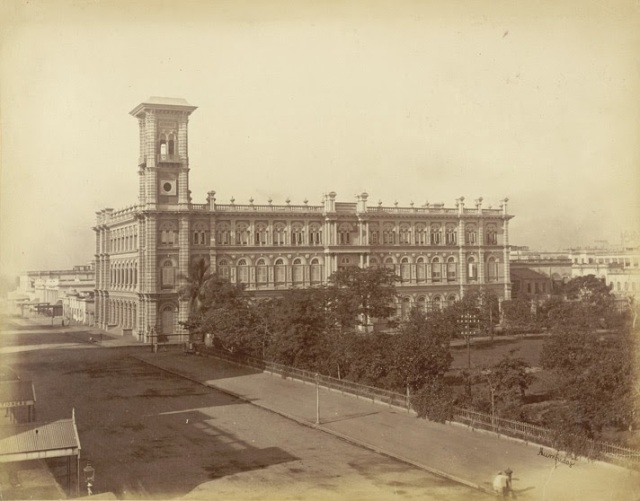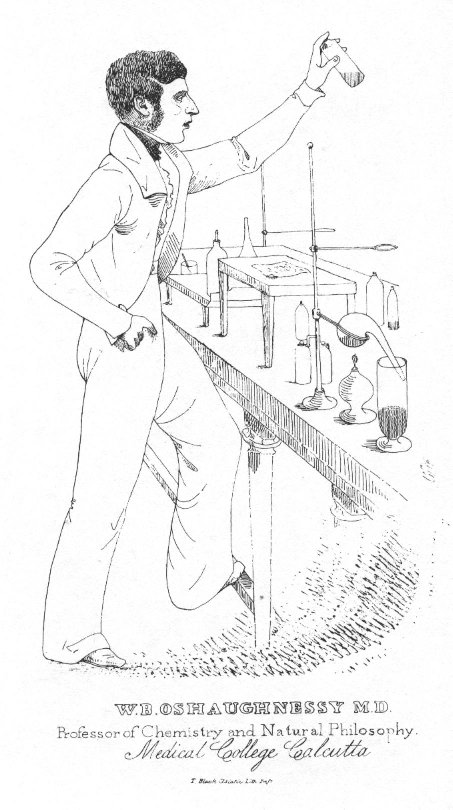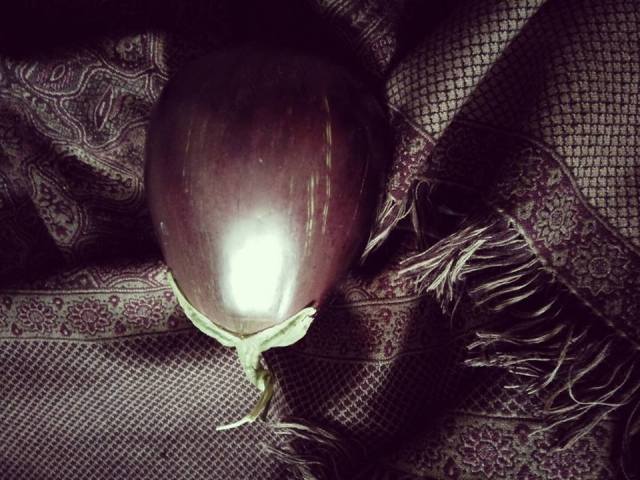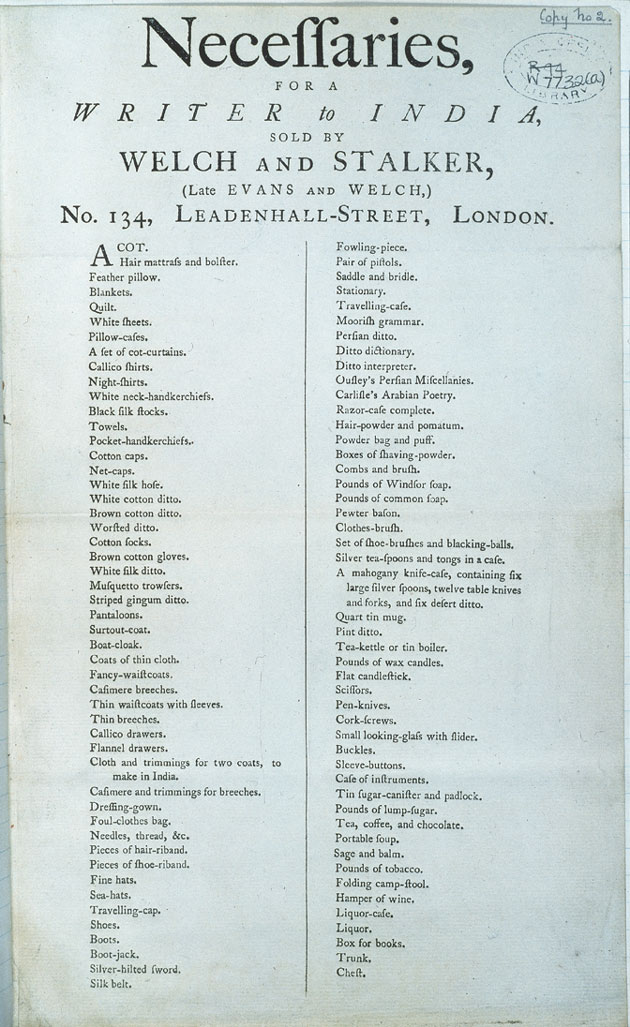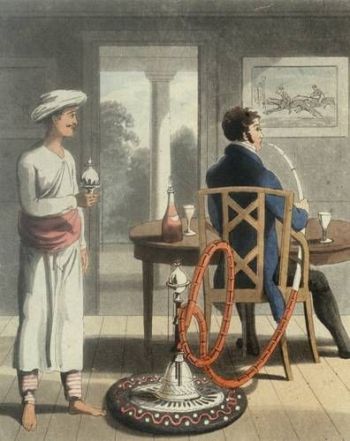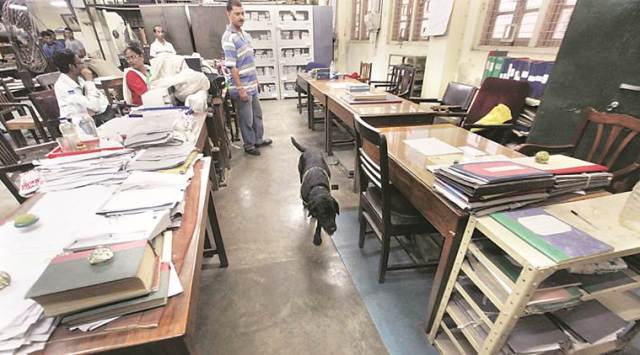Dwitiya, the second day of the lunar fortnight:
The tales that have come down to us from the mists of time are not proof of the existence of gods and goddesses with halos striding about granting boons or recriminations. That was not the original essence of Hinduism.
Hinduism is more a way of life than a creed that must be adhered to for fear of descent into some terrible hell after one’s time on this earth is over. In fact the word Dharma which is the nearest approximation of religion in Sanskrit translates into that which holds and sustains, rather than an -ism. This is something that we need to remind ourselves about. Hinduism never expects people to be all good, it would not have incorporated the chance to improve oneself through reincarnation if that was the case. Hinduism is inclusive and this is evidenced by the granting of eternal life and other benefits to the demons or asuras, in the use of the waters of various rivers in its rituals and in the use of the earth from the entrance to a brothel in the making of the clay idols of Durga. Everyone is worthy. Everyone comes with an equilibrium of Rajas, Tamas and Sattwa or passion, darkness and goodness. It is up to us to take up the right path. A similar saying exists in Native American mythology about the battle between two wolves – good and evil, forgiveness and hatred that affects us within our minds. The wolf that we feed will be the wolf that wins. It is the same with Sattwa, Tamas and Rajas. Very few of us are able to be entirely sattwik. Most let Rajas and Tamas rule our lives quite knowingly.
Interestingly, the eight demonic clans that came to battle Durga each represent one of the eight Bonds or Ashta Pasa that bind a human being. These are:
Udayudhas or ghrna: contempt
Kambus or lajja: shame
Kotiviryas or bhaya: fear
Dhaumras or shanka: doubt
Kalakas or jugupsa: disgust
Daurhrdas or kula: pride in family, caste or group identity at the exclusion of others
Mauryas or shila: pride in one’s morality that makes one judge others
Kalakeyas or jati: pride in racial identity that leads to a false sense of superiority
In the hymn Devi Suktam there are more than twenty shlokas or verses beginning with ‘Ya devi sarva bhuteshu’, indicating that the divine is present in all creatures as consciousness, as power, as intellect, as memory, as sleep, as delusion, as desire, as activity, as prosperity, as forgiveness and so on.
But only we can choose which of those we wish to represent through our thoughts and actions towards others.
***

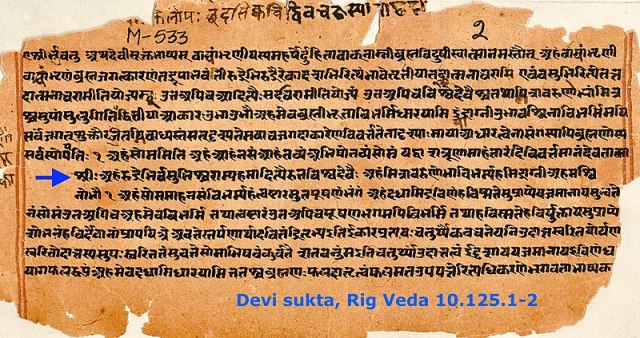 Devi Suktam, Rig Veda
Devi Suktam, Rig Veda